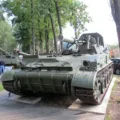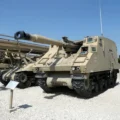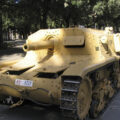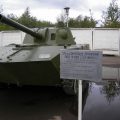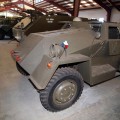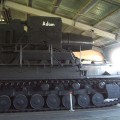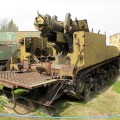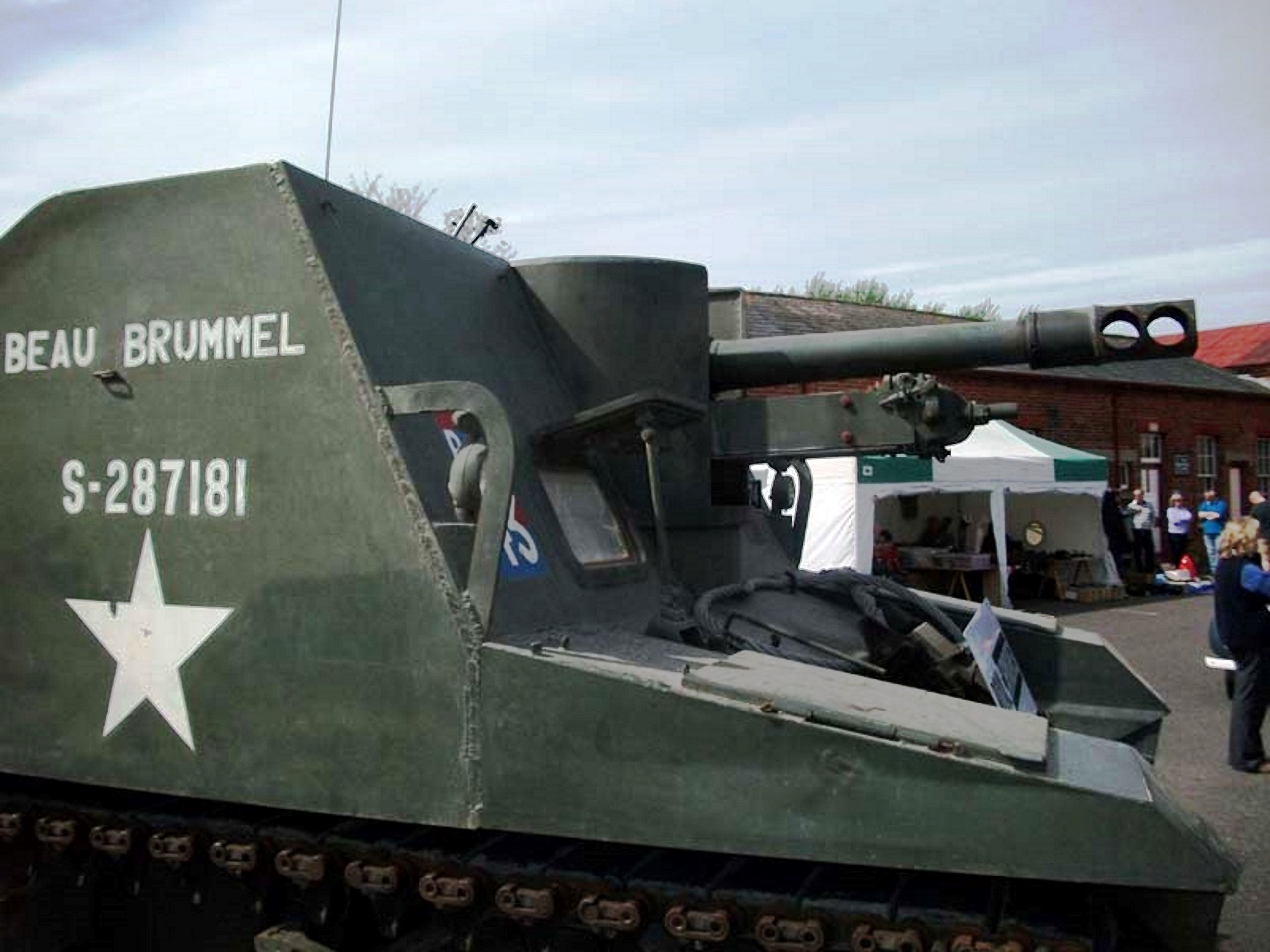
Sexton Auto-Propulsionado Gun | |
|---|---|
| País | Canadá |
| Tipo | Artilharia autopropulsada |
| Em serviço | 1943–1956 |
| Construído | 2150 |
O SP 25pdr, rastreado, Sacristão foi um veículo de artilharia autopropulsado da Segunda Guerra Mundial. Foi baseado em versões canadenses do chassi de tanque americano M3 Lee e M4 Sherman, que entraram em produção no Canadá como Ram e Grizzly. Quando a produção de Sherman nos EUA se expandiu e a oferta não era mais um problema, em 1943 foi decidido mudar as linhas de produção canadenses para produzir o Sexton para dar ao Exército Britânico uma arma de artilharia móvel usando seu canhão Ordnance QF 25, que poderia disparar um projétil HE de 87,6 mm (3,45 pol) 11,5 kg (25 lb) ou um projétil perfurante de armadura. Encontrou uso no Exército Canadense e Britânico, bem como em vários outros impérios britânicos e forças associadas. Logo após a guerra, vários Grizzly e Sextons foram vendidos para Portugal, que os usou na década de 1980.
| Sexton Self Propelled Gun – Walk Around | |
|---|---|
| Fotógrafos | Lukasz Sambor, Paul Adamson |
| Localização | Desconhecido |
| Fotos | 29 |
| Saxton Walk Around | |
|---|---|
| Fotógrafo | Unknow |
| Localização | Desconhecido |
| Fotos | 29 |
| Sexton SPG Walk Around | |
|---|---|
| Fotógrafo | Darren Baker |
| Localização | Desconhecido |
| Fotos | 30 |
Veja também:
O Sacristão was a Canadian-designed self-propelled artillery vehicle used during World War II. It was based on Canadian-built derivatives of the American M3 Lee and M4 Sherman tank chassis. The Sexton mounted the British 87.6 mm (3.45 in) Ordnance QF 25-pounder gun-howitzer, providing mobile artillery support for the British and Commonwealth armies.
Variantes:
- Sexton I: The first 125 vehicles manufactured, based on the Ram tank hull.
- Sexton II: Featured boxes added to the rear deck to carry batteries and an auxiliary generator. Based on the Grizzly (M4A1 Sherman) hull.
- Sexton GPO (Gun Position Officer): The 25-pounder was removed, and an extra No. 19 Wireless and map tables were added for controlling battery fire.
Especificações:
- Missa: 25 long tons (25 t)
- comprimento: 20 ft 1 in (6.12 m)
- Largura: 8 ft 11 in (2.72 m)
- altura: 8 ft (2.4 m)
- tripulação: 6 (Commander, driver, gunner, gun-layer, loader, wireless operator)
- Armadura: 15–32 mm (0.59–1.26 in)
- Main Armament: Ordnance QF 25-pounder (87.6 mm) Mk II, 105 rounds (mostly HE) carried on board
- Secondary Armament: Two 0.303 (7.7 mm) Bren light machine guns for anti-aircraft defense, 50 30-round magazines
- Motor: Continental R-975 9-cylinder Radial gasoline, 400 hp (298 kW)
- Operational Range: 125 miles+ (200 km)
- Maximum Speed: 25 mph (40 km/h)
Operational Service:
O Sacristão was first used in combat in Italy by the British Eighth Army. It later participated in the invasion of France, the Battle of Normandy, and the campaign in northwest Europe. During the D-Day landings, some Sextons were ordered to fire from their landing craft as they approached the beaches, although the fire was not very accurate. After the war, a number of units were equipped with the Sexton as part of the British Army of the Rhine (BAOR).
The Sexton was generally regarded as a successful project and remained in British service until 1956. Between 1943 and 1945, the Montreal Locomotive Works manufactured 2,150 Sextons for use by Canadian and British forces.
Visualizações : 3392


